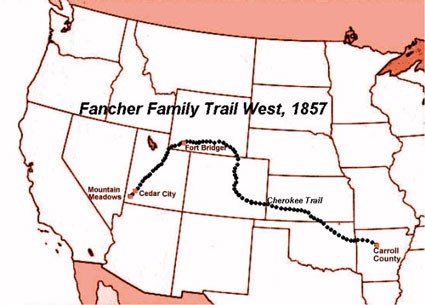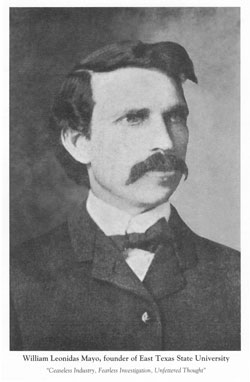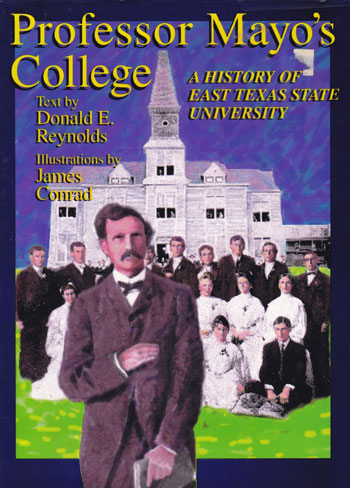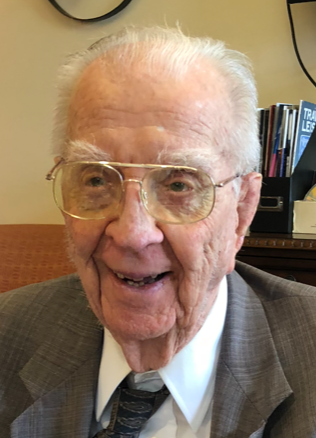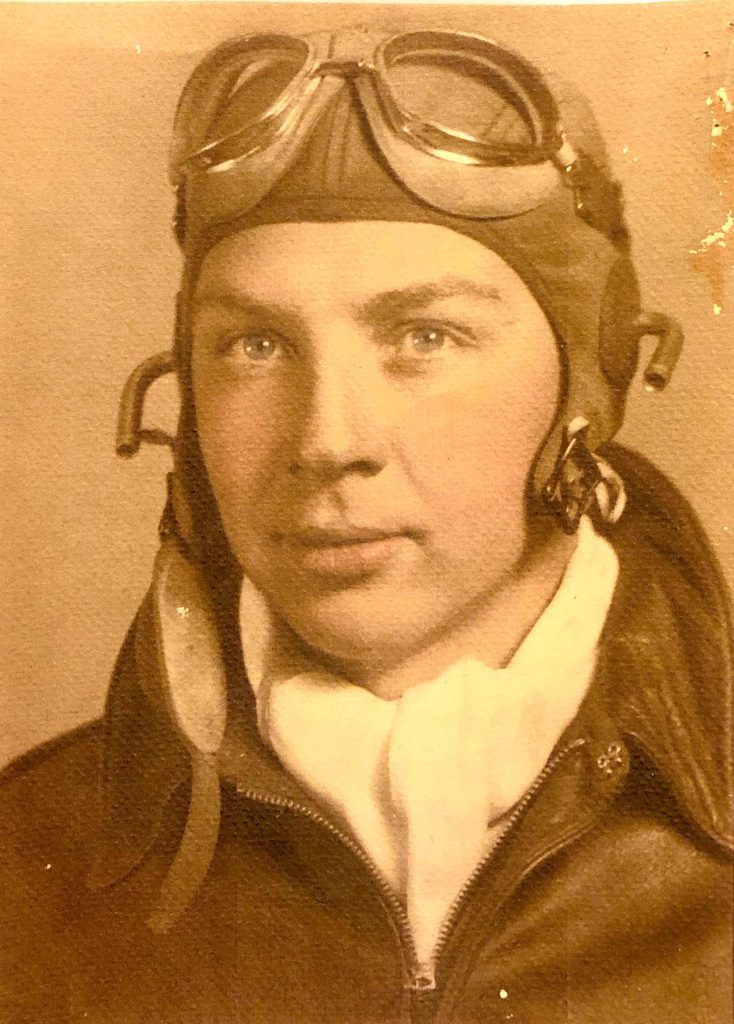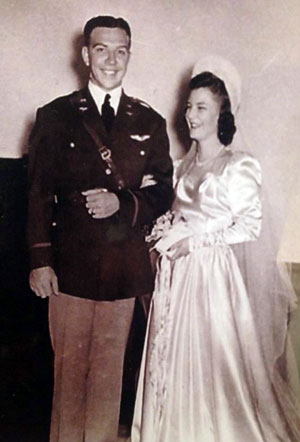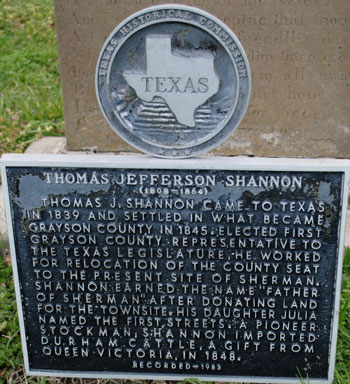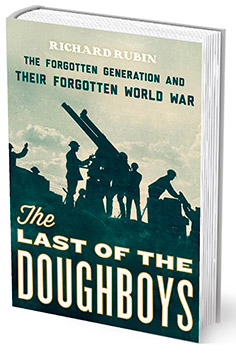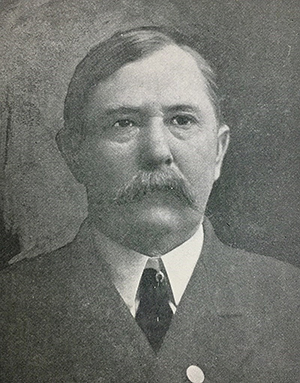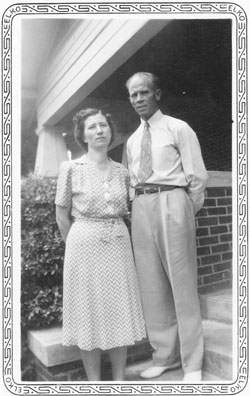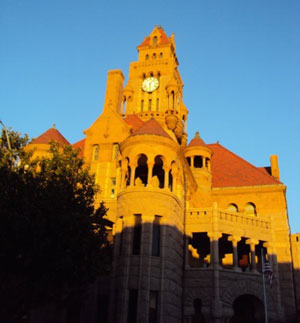
One time I bought a fairly large collection of “Frontier Times” published by J. Marvin Hunter (1880-1957). They were printed on cheap paper, have few illustrations or advertisements. Mostly, they contained stories old-timers remembered experiencing or remembered hearing. Like all oral histories, many contain real whoppers! So, the reader must look for clues of embellishment.
I have used articles from “Frontier Time” with caution on several occasions. I recently found a story from Wise County that intrigued me. Its title was simply “Tells of Early Days,” by C. J. Vanmeter of Rhome, Texas.
During the Civil War many settlers who tried their luck west of the 98th meridian found Native American depredations more than they wanted, especially for women whose husbands were drafted into the Confederate Army. They moved due east and hoped for safety. Counties were abandoned, farms were left untended, and Native Americans began to reclaim their prairies.
After the Civil War settlers from both the north and south came to Texas to start a new life by acquiring cheap land Texas was so bountifully blessed with. Native Americans crossed the Red River into Texas to steal horses and mules, and to intimidate white settlers. Mr. Vanmeter told a unique tale in his article.
Mr. Vanmeter arrived in Wise County in December 1871 and promptly purchased 130 acres for $3.85 per acre. On the first day of January 1872 he moved into his new premises with his mother, his wife, and four children. He did well in the new home. In 1873 he was appointed to serve on the school board, a position he served until February 1876 when he was elected to the county court. He served in that position for two terms before purchasing another farm of 120 acres one mile from his old farm.
On the night of May 14th, 1872, he had an experience he never forgot. A group of Native Americans from Indian Territory crossed the Red River to raid and capture as many horses and mules as they could. At that time, Vanmeter had one span of mares, one span of mules and a yearling colt that were taken. (A span of horses or mules were a pair that pulled a wagon, coach, or other means of transportation.) Neighbors lost ten horses.
Later in the year, the same Native Americans came into the vicinity, gathered over fifty horses, drove them twenty-five or thirty miles before turning them loose. In 1873 they made another raid into Wise County and carried away a large herd, leaving their trail well-marked with dead horses.
The last raid occurred in 1874 when about thirty Native Americans camped on Oliver Creek two nights and one day. They stole sixty young mules from one man. On the second night about nine o’clock, they rounded up those sixty mules on a hill not far from the owner’s home and in clear moonlight.
About 11 o’clock three of the warriors rode down to within twelve or fifteen feet of the door, sat on their mounts talking pleasantly. Then they soon rode away and joined the crowd of mules and horses. The route went northwesterly coming close to the community of Decatur.
Here was the site of the only violence. Three women of the Huff family killed. With a posse in close pursuit, the Native Americans took shelter in a thick growth of timber on Sandy Creek. While the pursuers were waiting for re-enforcements, the Native Americans abandoned all of the stolen horses except those they could ride and made good their escape, never to be seen or heard again.

